by Herbert Harris
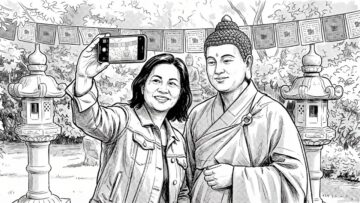
Many years ago, I began a meditation practice, sparked by curiosity and vague, middle-aged worries about stress and blood pressure. To my surprise, it quickly became a regular part of my life. I restlessly explored many forms of meditation and meditation groups, eventually coming to the San Francisco Zen Center. Before long, I found myself seated on a black cushion in the meditation hall each morning at 5:30. Twenty years later, and 2,500 miles away, I have a much more relaxed schedule, but I am still at it.
What is it like to meditate? This is a question I am constantly asked. Would a philosopher or scientist say there’s a distinct state of consciousness with its own special qualia? I don’t know. Maybe I’ve been doing it wrong, but meditation has never given me an experience that I would call altered consciousness. I’ve come to think the more interesting question is not what meditation feels like moment to moment, but what it is like to be a meditator, to live a life punctuated by these quiet, unremarkable moments of sitting still.
There are many ways our minds can store the details of our experience. We put facts and figures in one place, sensory experiences in another, and skills and procedures in yet another. There is a special kind of memory, called episodic memory, that holds not just the information about an event, but also a sense of our being there. Recalling episodic memories gives us a faint sense of time travel. These are the memories we can reinhabit. We remember a beach vacation as if we can feel the warm sand between our toes, hear the gulls above, and sense the light breeze on our skin. They have a lived-through quality, a presence that feels like “me.”
I have a torrent of episodic memories from my time in San Francisco, where I had just started a new job. I felt like a tourist; every street, every café, every meeting at the new company introduced a parade of unfamiliar faces. My memory was overloaded with experiences and sensations. It felt like my life had entered a new incarnation, complete with a new cast of characters I had to learn. As I stepped into a new role, I became, to some extent, a different person as I adapted to meet new duties and responsibilities. I was surrounded by people who each had hopes and expectations that I would be a good employee, a respectable colleague, and a friend. These hopes and expectations exerted palpable influences on my sense of self.
In the meditation hall, expectations were few. Read more »

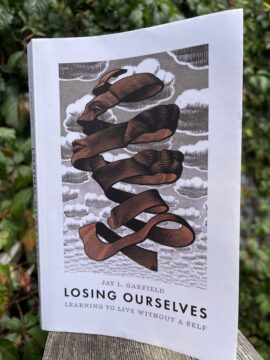 We’re living at a time when the glorification of independence and individualism is harming the world and others in it, as well as leading to an epidemic of loneliness. According to Jay Garfield, the root of suffering is in our self-alienation, and one symptom of our alienation is clinging to the notion that we are selves. “We are wired to misunderstand our own mode of existence,” he writes in his brief yet substantial 2022 book,
We’re living at a time when the glorification of independence and individualism is harming the world and others in it, as well as leading to an epidemic of loneliness. According to Jay Garfield, the root of suffering is in our self-alienation, and one symptom of our alienation is clinging to the notion that we are selves. “We are wired to misunderstand our own mode of existence,” he writes in his brief yet substantial 2022 book, 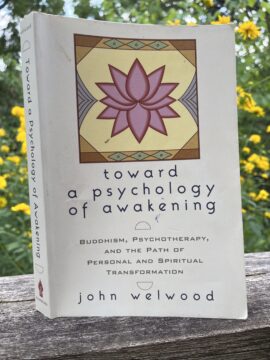 In my last
In my last 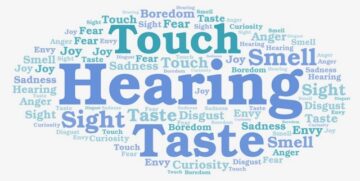
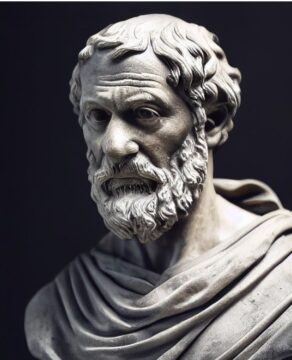
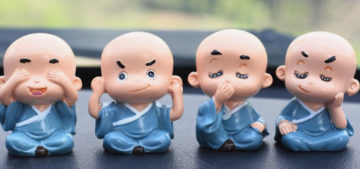 I have a confession to make: I ❤️ Seymour Glass. If you don’t know who that is, count yourself lucky and walk away now—come back in a few weeks when I’ll be discussing humiliating experiences at middle-school dances or whatever. (Obviously I am joking—as always, I desperately want you to finish reading this essay.)
I have a confession to make: I ❤️ Seymour Glass. If you don’t know who that is, count yourself lucky and walk away now—come back in a few weeks when I’ll be discussing humiliating experiences at middle-school dances or whatever. (Obviously I am joking—as always, I desperately want you to finish reading this essay.) Now that the hangover from New Year’s Eve is abating for many, and we might be freshly open to some self-improvement, consider a Buddhist view of using meditation to tackle addictions. I don’t just mean for substance abuse, but also for that incessant drive to check social media just once more before starting our day or before we finally lull ourselves to sleep by the light of our devices, or the drive to buy the store out of chocolates at boxing day sales. Not that there’s anything wrong with that on its own– it’s a sale after all–but when actions are compulsive instead of intentional, then this can be a different way of approaching the problem from the typical route. I’m not a mental health professional, but this is something I’ve finally tried with earnest and found helpful, but it took a very different understanding of it all to get just this far (which is still pretty far from where I’d like to be).
Now that the hangover from New Year’s Eve is abating for many, and we might be freshly open to some self-improvement, consider a Buddhist view of using meditation to tackle addictions. I don’t just mean for substance abuse, but also for that incessant drive to check social media just once more before starting our day or before we finally lull ourselves to sleep by the light of our devices, or the drive to buy the store out of chocolates at boxing day sales. Not that there’s anything wrong with that on its own– it’s a sale after all–but when actions are compulsive instead of intentional, then this can be a different way of approaching the problem from the typical route. I’m not a mental health professional, but this is something I’ve finally tried with earnest and found helpful, but it took a very different understanding of it all to get just this far (which is still pretty far from where I’d like to be).